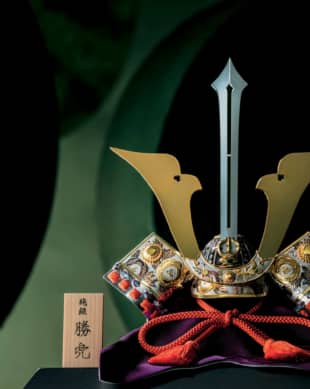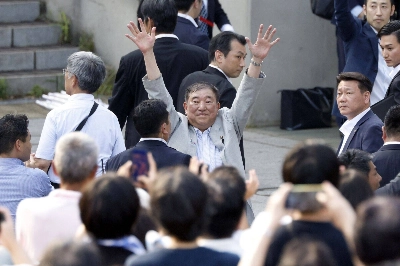Ginza Tanaka is one of the leading authorities in the crafting of precious metals in Japan.

Since its inception, the company has continually risen to the challenge of creating new items featuring precious metals in all areas, including traditional handcrafts. Especially noteworthy is its production, since the 1970s, of kabuto helmets in honor of the Tango no Sekku festival held annually on May 5 to celebrate the good health and happiness of boys.


















With your current subscription plan you can comment on stories. However, before writing your first comment, please create a display name in the Profile section of your subscriber account page.